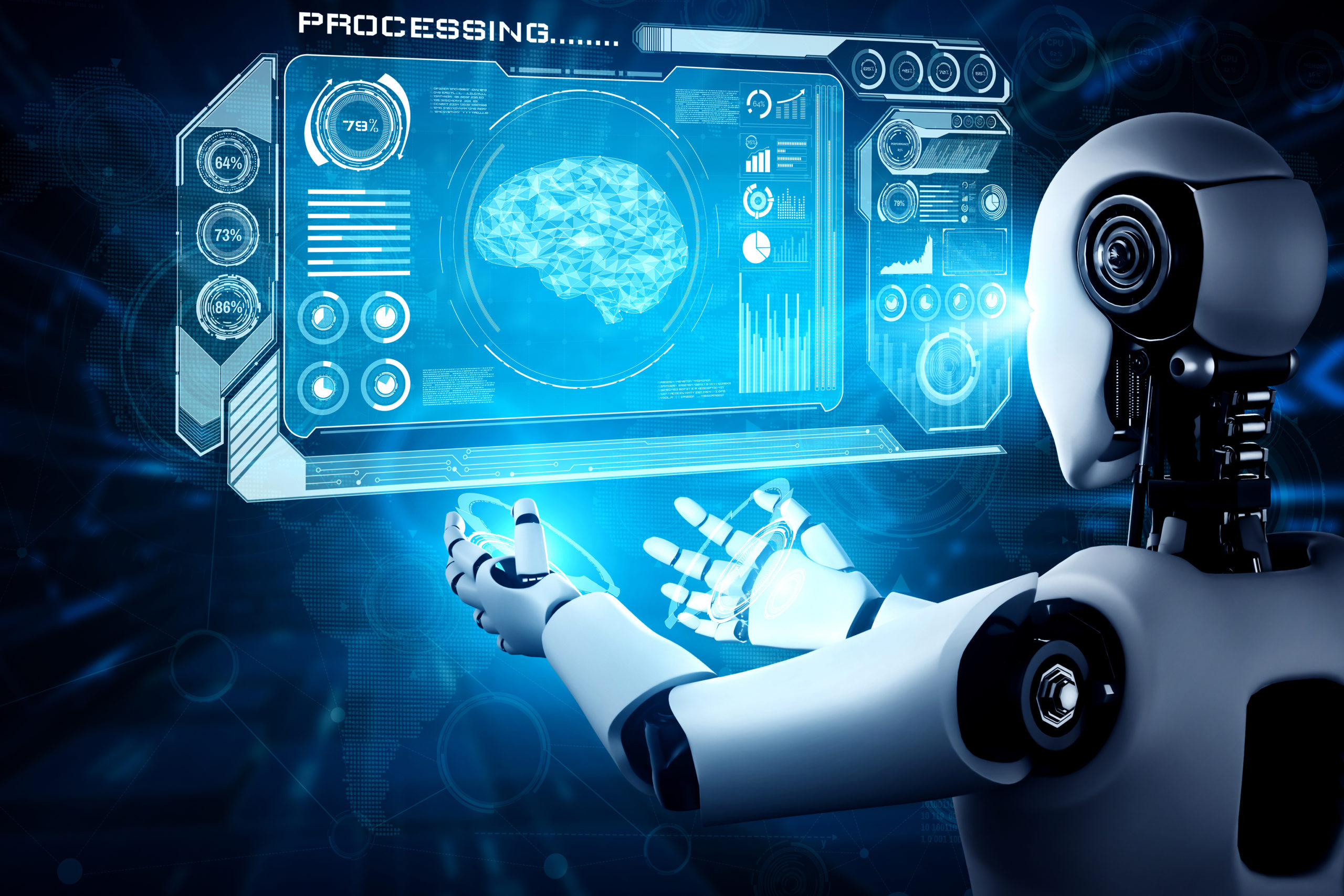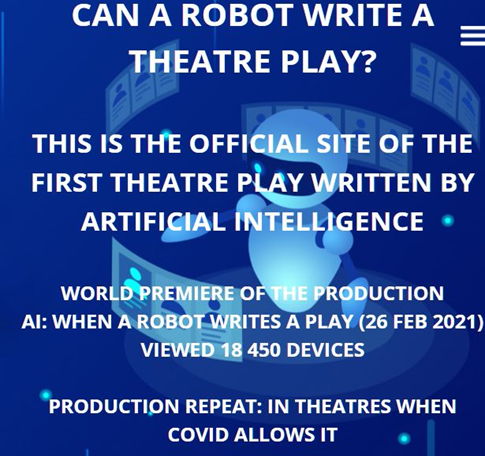arkitektur, Infrastruktur, AI
AI and IT Architecure in 2023

More than half of this year’s major tech trends, published by IDG/ComputerSweden on New Year, are closely AI-related, and the ratio is similar in Google Cloud VP Andrew Moore’s five points for the near future (see next link). The two-way multiple-lane street between AI and architecture continues to automate and reshape both corporate IT and the entire tech ecosystem.
The win-win interplay is accelerating
This interview on Roberto Zicari’s ODBMS site, with Alex Beutel of Google Brain team, about AI to replace hierarchical indexing in big-data storage (an architectural tradeoff between memory and intelligent search processing), outlined the impact of ML (machine learning) on computing and data processing itself; it was more than four years ago. The pace of such changes has multiplied since then. Considering recent AI-achievements in rather creative professions such as playwrights (figure below) or composers (including the last movements of Beethoven’s 10th symphony) or prosaists (Czech Public Radio’s GPT3 project), AI will save time and boost efficiency in many IT roles too, for example:
- automatic error-checking
- automatic code completion and correction
- DevOps, ArchOps, AIOps
- automatic programming: after early systems by others, such as GitHub AI-Programmer and CoPilot, DeepMind now introduced AlphaCode (in this cover story of Science magazine) proving that AI solves, at a highly competitive level, problems that require critical thinking, logic, algorithms, coding, and natural language understanding
- As to the accelerating pace of change, I recommend an article in the Communications of the ACM (January 2023), about the “End of programming”.
In other words, the gap between “narrow” AI for repetitive IT tasks on one hand and AGI on the other (General AI, sometimes called strong, full, or broad, and appealing to many creative professions) is shrinking, month by month if not day by day. This of course further magnifies the urgent need for explainability, verifiability, and transparency of deep learning systems – both by corporate policies and by tech such as hybrid AI, transformers, GAN (Generative Adversarial Networks), and more.

theAItre.com (from Informator course AI, Architecture, and Machine Learning)
Summing up, the AI sci-fi of yesterday is already materializing as you read this. That said, wide acceptance of it depends on access to clear-box/clear-insight tools and procedures for a variety of stakeholders.
Trainer at Informator, senior modeling and architecture consultant at Kiseldalen’s, main author: UML Extra Light (Cambridge University Press) and Growing Modular (Springer). Advanced UML2 Professional (OCUP cert level 3/3).
Milan and Informator collaborate since 1996 on architecture, AI, modeling, UML, rules, requirements, and design. You can meet him at these courses in English or Swedish (remote participation is encouraged, but classroom participation offered too) :
AI, Architecture, and Machine Learning
Agile Architechture Fundamentals
Avancerad objektmodellering med UML
(on demand: Modular Product Line Architecture